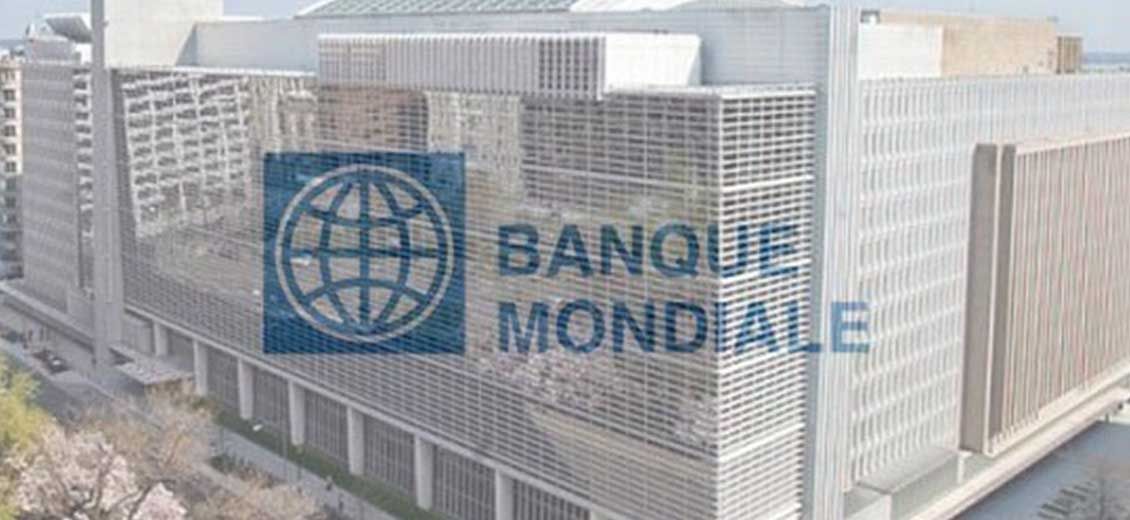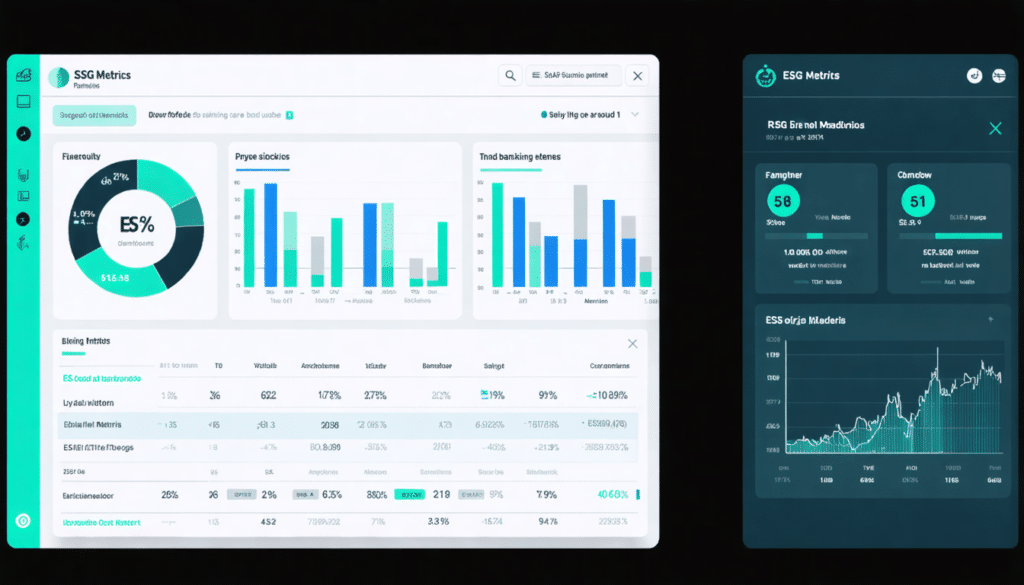Diving into the heart of global finance to discover the banking giants that dominate the world economy. Recent rankings reveal a fierce competition where the Industrial and Commercial Bank of China and JPMorgan Chase vie for the top with colossal assets. These institutions, true pillars of our economic system, constantly redefine the contours of the banking sector through their influence and capacity for innovation. Their impact in terms of assets and global strategies places these banks at the center of attention for investors and observers of the global financial market.
The global banking sector is dominated by giants that assert themselves through the size of their assets and their international influence. At the top of the list, the Industrial and Commercial Bank of China, with total assets amounting to $4.322 trillion, surpasses its competitors. The China Construction Bank Corporation and the Bank of China closely follow, consolidating China’s position in the global banking market. The renowned American bank JPMorgan Chase is also a major power, having regained the top global position in terms of market value. In Europe, Crédit Agricole and BNP Paribas stand out with total assets of €2,128 and €2,357 billion respectively. Notably, HSBC, a British leader with €2,797 billion in assets, remains one of the key figures in the sector. Together, these institutions depend on global challenges, navigating between security, innovation, and digital evolution.

Table of Contents
Togglethe dominant forces in the banking sector
The global banking landscape is shaped by financial giants that lead the market with impeccable capital management and a solid international presence. Among these giants, the Industrial and Commercial Bank of China stands out with total assets of $4.322 trillion, thus maintaining its position as an undisputed leader. By pursuing a strategy that combines operational efficiency and digital expansion, it continues to influence the banking sector on a global scale. Alongside it, China Construction Bank Corporation and Bank of China complete this Chinese trio of financial power. These entities have adapted to new technologies and international regulations to optimize their services and offer innovative solutions to their clients.
The role of JPMorgan Chase as a major force in the banking sector is also undeniable. After sometimes falling in the rankings, it has reversed the trend to regain the top spot globally in 2024. By fostering strategic partnerships and astute capital management, this American bank continues to dominate the financial market.
the rise of European players
HSBC, with €2,797 billion in total assets, embodies the power of the United Kingdom on the international stage. Its strategy consists of diversifying investments and exploring new high-potential regions. Europe is not to be outdone by banks like BNP Paribas, which has €2,357 billion in total assets. With a particular focus on innovation and sustainability, BNP Paribas positions itself as a major pillar of the sector.
Although often underappreciated, the contribution of Crédit Agricole to the global banking landscape is impressive. It holds assets valued at €2,128 billion, proving its commitment to banking innovation and balanced risk management.
the Asian giants and their strategies
Asian banks, particularly Chinese and Japanese, make up a significant part of the influential figures in the banking sector. In addition to the previously mentioned Chinese banks, Japan’s MUFG Bank Ltd. and Sumitomo Mitsui Banking Corporation continue to thrive thanks to rigorous financial management and sustained technological innovation. These banks prioritize growth strategies that focus on digital integration and service automation to enhance customer experience.
In terms of market penetration, these institutions also benefit from strong government relations, giving them an additional advantage in exploring new economic opportunities on a global scale. Their ability to deploy new financial technologies compliant with international standards allows them to remain at the top in a constantly evolving banking environment. For more details on the performance of these giants, feel free to consult the TradingView ranking of the largest banks in the world.
Comparison of the 10 Largest Global Banks
| Bank Name | Total Assets (in billions of dollars) |
| Industrial and Commercial Bank of China | 4,322 |
| China Construction Bank Corporation | 3,650 |
| Bank of China | 3,287 |
| JPMorgan Chase | 3,000 |
| Mitsubishi UFJ Financial Group | 2,870 |
| BNP Paribas | 2,357 |
| HSBC | 2,797 |
| Crédit Agricole | 2,128 |
| Bank of China | 2,611 |
| Wells Fargo | 1,960 |
Observing the ranking of the 10 largest global banks, it is evident that the banking industry plays a crucial role in the global economy. These financial institutions do not merely manage accounts and provide loans; they act as economic pillars supporting all kinds of business and industrial initiatives worldwide.
With assets amounting to billions, even trillions, of euros or dollars, these banks are economic giants. The Industrial and Commercial Bank of China reigns supreme with its massive assets, followed closely by the China Construction Bank Corporation and the Bank of China. These Chinese banks illustrate the growing importance of China in the global economy, reflecting the rapid expansion of its economic influence.
Elsewhere, American giants such as JPMorgan Chase continue to dominate, renowned for their ability to evolve and reinvent themselves. JPMorgan recently regained the top spot in the global ranking, demonstrating its resilience and adaptability in the face of market fluctuations. This kind of repositioning is typical in the banking sector, where strategy and innovation are essential to maintaining leadership.
European banks are not lagging behind, as HSBC and BNP Paribas remain notable leaders. These institutions continue to thrive despite the challenges of EU regulation and the economic uncertainty arising from recent geopolitical upheavals.
This shows that international presence and adaptability are decisive factors for banks wishing to remain at the top. In the digital age, where neobanks and fintechs are redefining how financial services are consumed, traditional banks must innovate to stay relevant. Strategic partnerships with fintechs and the exploration of new technologies such as blockchain are becoming essential to remain competitive in this evolving and demanding environment.





